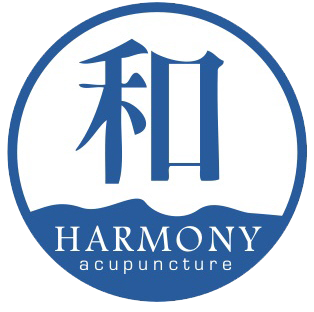Traditional Therapies for Modern Ailments: Acupuncture and Cupping for Fall Allergies and Asthma
As the days shorten and a crispness fills the air, many people welcome the beauty of autumn. However, for those who suffer from seasonal allergies and asthma, fall can be a challenging time. The rise of ragweed pollen, mold spores, and other irritants can trigger a cascade of symptoms, from sneezing and congestion to wheezing and shortness of breath.
I am one of these people. I am allergic to ragweed, mold, and fallen leaves! I have more unusual symptoms like extreme fatigue, slower digestion, and low back pain. This year, I have had more itching and sneezing. Acupuncture helps me so much, that is how I know I can help others.
While conventional medicine offers effective treatments, they are not effective fore everyone (antihistamines and decongestants only help me a little and quercetin helps a lot with itching and sneezing. Some people can not take the medications due to side effects). acupuncture and cupping are complementary or alternative approaches to managing fall symptoms.
Rooted in a holistic understanding of the body, TCM views health as a balance of energy, or "qi," flowing through a network of meridians. Disruptions or blockages in this flow are believed to be the root cause of illness. Both acupuncture and cupping aim to restore this balance, but they do so through different mechanisms.
Acupuncture: A Needle in the Right Place
Acupuncture involves the insertion of very fine needles into specific points, often on the body's meridians. The theory is that stimulating these points can help to regulate the flow of qi, thereby addressing the underlying cause of the symptoms. For fall allergies and asthma, acupuncturists often target points associated with the lung, spleen, and kidney meridians, which are believed to be involved in the body's immune response and respiratory function.
Research into the efficacy of acupuncture for allergies and asthma is ongoing, but some studies have shown promising results. Acupuncturists believe that by reducing inflammation and regulating the immune system, acupuncture can help to:
Reduce allergy symptoms: By calming the body's overreaction to allergens, acupuncture may lessen the severity of symptoms like sneezing, runny nose, and itchy eyes.
Improve lung function in asthma: By relaxing the muscles around the airways and reducing inflammation, acupuncture may help to improve breathing and reduce the frequency and severity of asthma attacks.
Enhance overall well-being: Many people report a reduction in stress and an improvement in sleep after acupuncture treatments, both of which can be beneficial for managing chronic conditions.
Cupping: A Time-Honored Tradition
Cupping therapy involves placing specialized cups on the skin to create a vacuum. This suction effect draws the skin and underlying tissues upward, which is believed to help with several therapeutic outcomes. For respiratory issues like fall allergies and asthma, cupping is often applied to the back and chest, targeting the lung meridians.
Proponents of cupping believe the therapy helps by:
Promoting blood flow: The suction of the cups is thought to increase circulation to the area, which can help to reduce inflammation and promote healing.
Releasing muscle tension: Cupping can help to loosen tight muscles in the back and chest, which can be particularly helpful for those who experience chest tightness or pain due to coughing or wheezing.
Clearing stagnation: In TCM, the suction is believed to help "pull out" pathogens and toxins, which can be beneficial for clearing congestion and improving lung function.
A Holistic Approach to Relief
It's important to note that acupuncture and cupping are not a one-time cure. For best results, they are often used as part of a comprehensive treatment plan that may include lifestyle modifications, dietary changes, and, in the case of severe asthma, conventional medical treatments.
Please understand in Virginia, Licensed Acupuncturists are not primary care physicians. It is important to get a proper diagnosis and any necessary testing by a primary doctor or specialist. By embracing these ancient therapies, many people are finding a new way to breathe easier and enjoy the beauty of the fall season, free from the constraints of their allergy and asthma symptoms.

